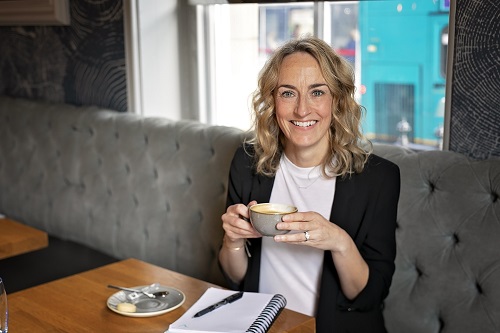
When it comes to technology and sleep, it’s usually the other way around—the tech gadgets we own are keeping us up at night. We are so addicted to technology that we can no longer imagine a world without it. Even though this might seem like a bad thing (especially for our physical and mental health), there’s some good in it, too. You just have to know where to look and, of course, learn how to use technology properly.
Today we are going to talk a little bit more about how technology can help us deal with some of the most common sleep disorders. If you’re struggling with a sleep problem, then you’ve come to the right place.
Snoring
According to some estimates, around 40% of men and 20% of women around the world snore. Believe it or not, that’s over two billion people.
Snoring happens when air can’t move freely through the nose and throat during sleep due to too much nasal and throat tissue that vibrates. Other reasons for snoring include nasal problems, mouth anatomy, alcohol consumption, sleeping position, and sleep deprivation.
Tech Solutions
There are several technological inventions that might be of assistance. One of them is the Hupnos Sleep Mask that encourages the user to change position when it detects snoring.
Another is the Philips SmartSleep Snoring Relief Band that has a sensor that vibrates when sleeping on your back.
And last but not least is the Urgonight EEG Headband. This helps the user learn how to sleep better thanks to its sensors. Users engage in EEG biofeedback therapy for around an hour every week.
Sleep Apnea
Obstructive sleep apnea, or OSA, affects around 20% of the world population. 95% of these people are snorers, and 80% of them don’t have a correct diagnosis.
Sleep apnea is a sleep disorder that causes brief and repeated interruptions in breathing during sleep. It’s usually caused by excess weight, enlarged tonsils or adenoids, smoking, and alcohol consumption. The main types are obstructive sleep apnea, central sleep apnea, and complex sleep apnea.
Tech Solutions
Technology can help here, as well. SlumberBUPM trains people to sleep on their sides to stop gravity from pulling the jaw and tongue down.
There is also a BiPAP machine used in the treatment of sleep-disordered breathing that uses two types of pressures during the breathing cycle (inhale and exhale pressure).
Another technological invention that can help with sleep apnea is Theravant that uses the Expiratory Positive Airway Pressure (EPAP) technology. Using gentle pressure in the airway, it keeps it open to reduce vibration and help users regulate their airflow.
Nightmares
According to some estimates, 80%–90% of people experience nightmares at some point in their lives. Out of those, around 85% experience occasional nightmares, and 2%–6% report having frequent nightmares (weekly).
Nightmares are usually represented as coherent visual dreams that seem real and get more disturbing by the minute until they get so intense that they make a person wake up. They are caused by the failure of the homeostatic system employing bad dreams to lower the level of anxiety that’s been experienced during the day. They can also be caused by constant stress, trauma or upsetting events, alcohol consumption, smoking, and irregular bedtime schedule.
Tech Solutions
Technology can be of great help when it comes to nightmares. For example, there’s a smart pillow that can always stay cold (or hot, if you prefer) and learn how to adjust to body temperature.
Another technological invention that can come in handy is the Smart Pajamas that have self-powered sensors monitoring heartbeat and sleeping position.
There’s even a virtual reality-based imagery rehearsal and re-scripting treatment, known as the ReScript Treatment. This enables participants to gain cognitive control over disturbing imagery.
The Bottom Line
As you can see, technology can be a powerful ally when it comes to our war against certain sleep disorders, especially those caused by today’s unhealthy and stressful way of living. We hope that this article will help you put an end to those sleepless nights and finally get some good night’s sleep.









Thanks for helping me understand that sleep apnea is when there are certain interruptions on your breathing when you sleep. I guess this is the issue with my husband since I noticed the way he breathes when he sleeps since last week. I guess I need to find a doctor that could help him out before this worsens and risks his life while sleeping.